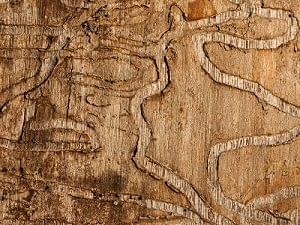Michio Kaku, a theoretical physicist, futurist, and professor at the City College of New York took the stage at “Talks at Google” event and shared valuable insights on the future of humanity.
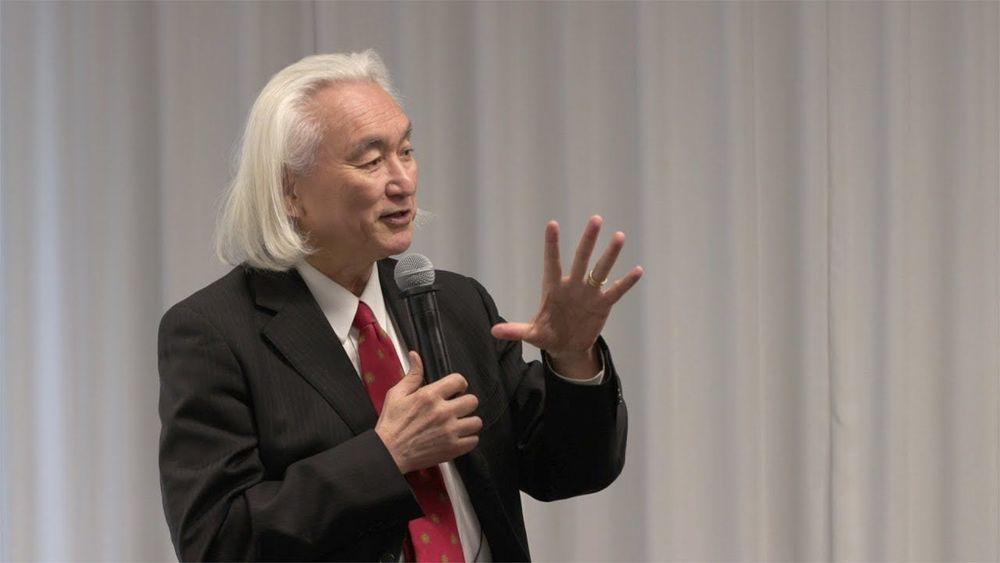

Michio Kaku, a theoretical physicist, futurist, and professor at the City College of New York took the stage at “Talks at Google” event and shared valuable insights on the future of humanity.

In this interview, AZoNano speaks to Frank Deppe, Junior Group Leader for Superconducting Quantum Circuits at the Walther-Meißner-Institut, about QMiCS and the work that it does.
Can you give a brief overview European Quantum Technology Flagship Program ‘QMiCS’?
The project acronym ‘QMiCS’ means “Quantum Microwaves for Communication and Sensing”. QMiCS is one out of 20 projects which got funded in the highly competitive first call of the European Quantum Technology Flagship Program. Within this program, QMiCS is still a basic science project, where academic research groups collaborate with selected commercial companies. The main task of QMiCS is to explore the potential of non-classical propagating microwaves, whose behavior is controlled by the laws of quantum mechanics, for future applications and commercial exploitation.
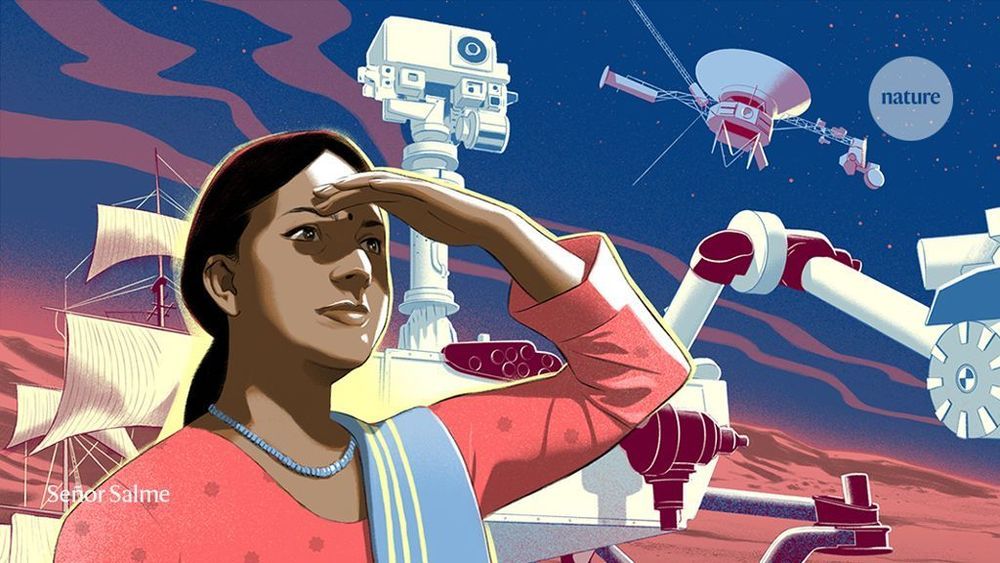
But Manichean views and tropes of ‘dual use’ miss the point. Some of the key questions that confront science today are about whether its methods, practices and ethos, pursued with very little real change since Maxwell’s day, are fit for purpose in the light of the challenges — conceptual and practical — we now face. Can science continue to fulfil its social contract and to reach new horizons by advancing on the same footing into the future? Or does something need to shift?
Research cannot fulfil its social contract and reach new horizons by advancing on the same footing into the future, argues Philip Ball in the last essay of a series on how the past 150 years have shaped today’s science system, to mark Nature’s anniversary.

Traditional crutches just got a major redesign.
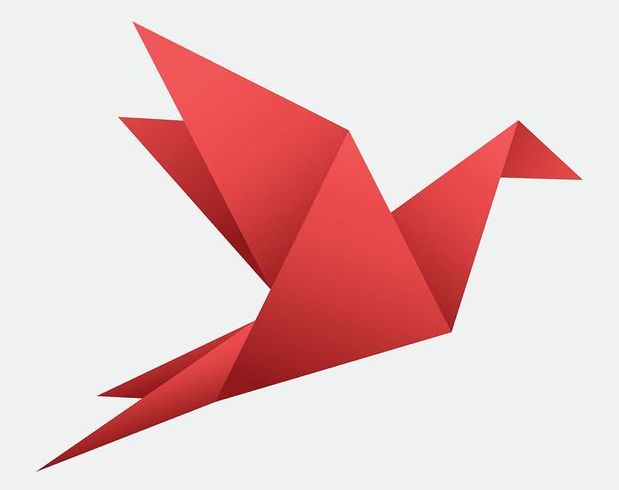
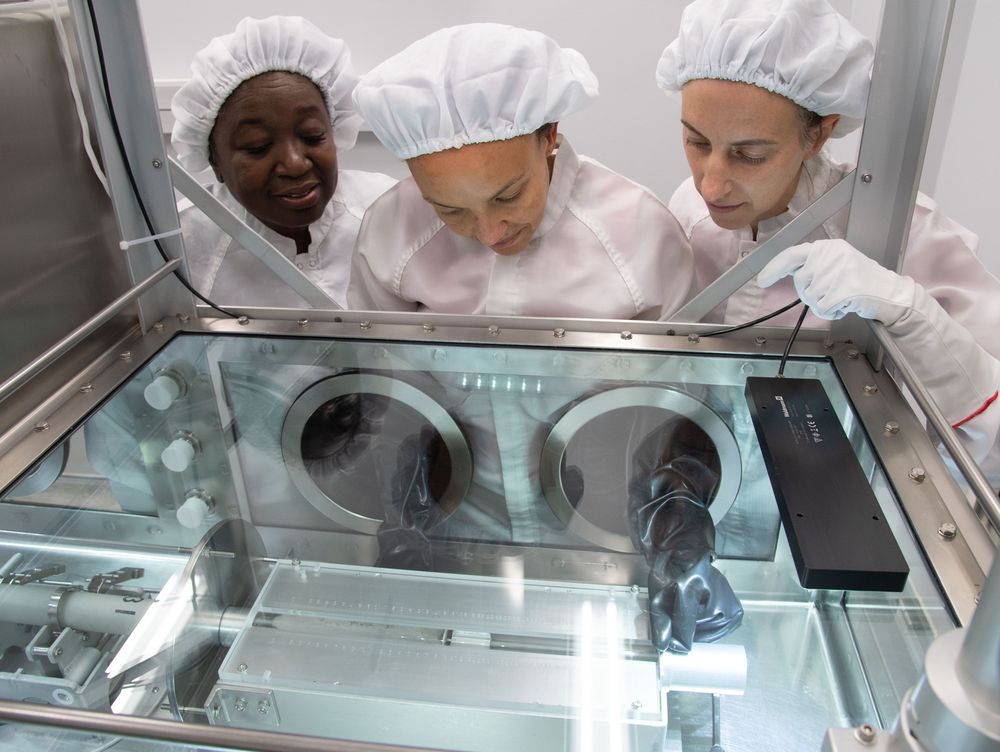
Samples of lunar dust and rock returned to Earth during the Apollo missions quickly offered scientists new insights into the makeup of our Moon, but what do they look like under the microscopes of today? NASA has just cracked open the first of two untouched lunar samples for study with modern scientific instruments, with one eye on the upcoming Artemis missions that will return humans to the Moon in 2024.
This NASA initiative is known as the Apollo Next-Generation Sample Analysis project. It concerns two samples collected in the early 1970s that were quickly sealed and stored in the form of tubes of rock and soil, representing two-feet of vertical layering from the lunar surface.
“We are able to make measurements today that were just not possible during the years of the Apollo program,” says Dr. Sarah Noble, ANGSA program scientist at NASA Headquarters in Washington. “The analysis of these samples will maximize the science return from Apollo, as well as enable a new generation of scientists and curators to refine their techniques and help prepare future explorers for lunar missions anticipated in the 2020s and beyond.”
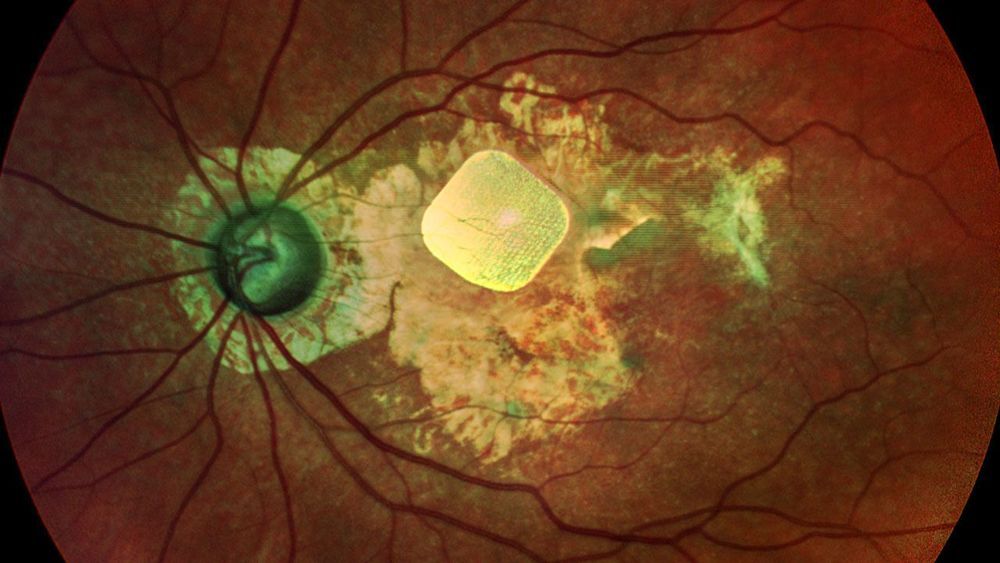
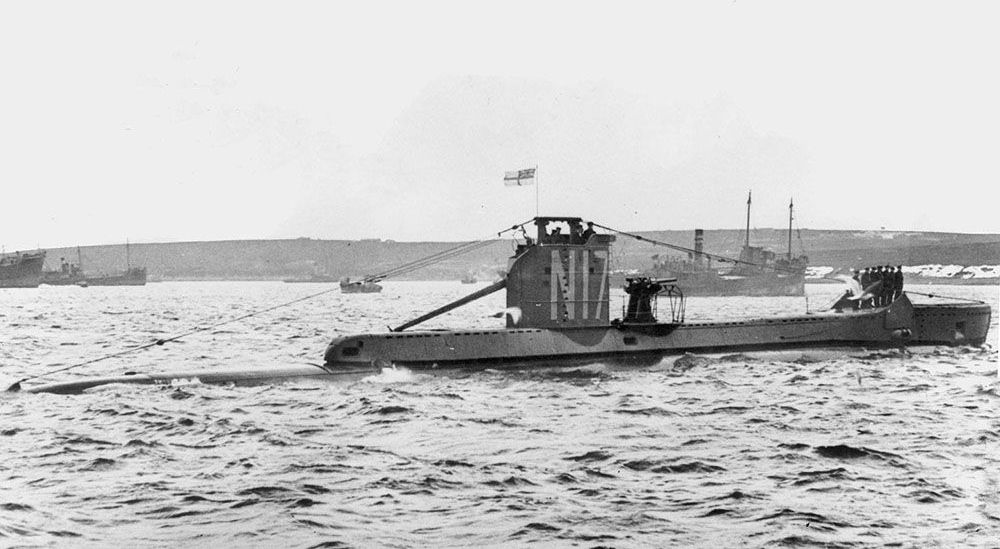
Marine archaeologists recently identified the wreck of HMS Urge, a Royal Navy submarine that went missing in the Mediterranean Sea during World War II.
The submarine vanished during a mission from Malta to Alexandria, Egypt, on April 27, 1942, according to the Royal Navy. Historians believe that the submarine was sunk by German and Italian Forces that were present in the Malta vicinity from June 1940 to November 1942, Fox News noted.
The wreck of #WW2 submarine HMS Urge has been found off Malta.

